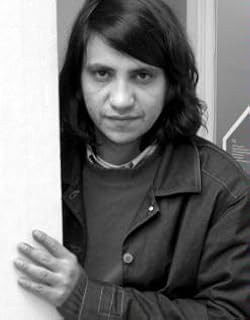
This story can be found in the July 6, 2015 issue of The New Yorker magazine.
My comments can also be found on The Mookse and the Gripes.
First Line: "After so many study guides, so many practice tests and proficiency and achievement tests, it would have been impossible for us not to learn something, but we forgot everything almost right away and, I'm afraid, for good."
Last Line: "You all weren't educated; you were trained."
Something is missing here for me on this one. It
feels like a memoir/essay that moves clumsily into an anecdote, then crashing with
a “thud” into a slightly humorous satire.
This tale is set-up perfectly for an honors English to take
and dissect into form and feature. The quiz
at the end is a parody of the theme – a gimmick to be sure – but one that will
introduce students to a new author and will offer opportunities to compare and
contrast education across cultures.
But for me? At this
point in my life? I have heard great
things about the creativity and skill of Alejandro Zambra, and I am
disappointed that “Reading Comprehension: Text No. 1” was my introduction to
his work.
I was not reading a story here. I was reading an English Comp paper written
by a student who decided to be clever – and even a bit trite.
Not every writing by a well-praised writer can be
praiseworthy. But in this magazine? Surrounded by accolades in an interview and
laden with commendation in an interview?
This piece does not warrant
the laurel leaves.
Photo credit: http://ecx.images-amazon.com/images/I/31WsBJrMvxL._UX250_.jpg

